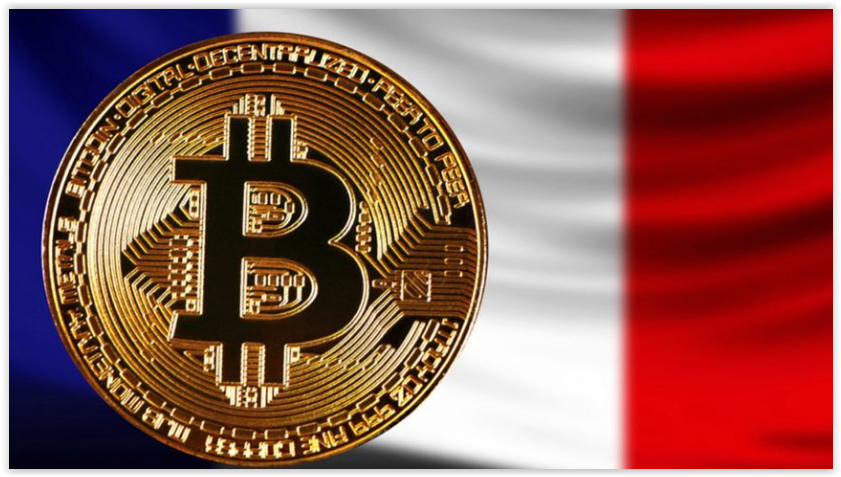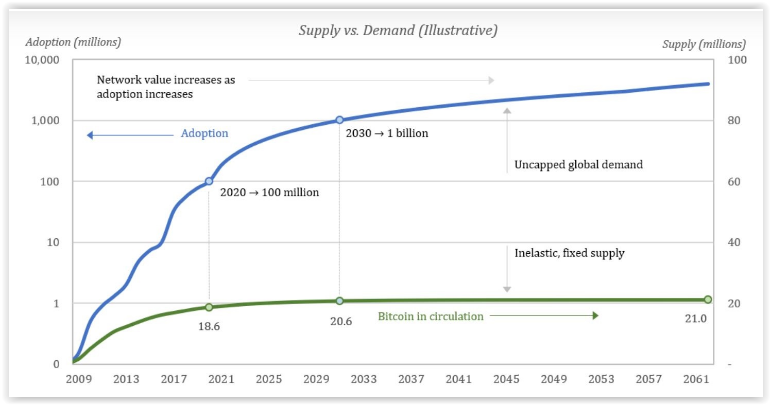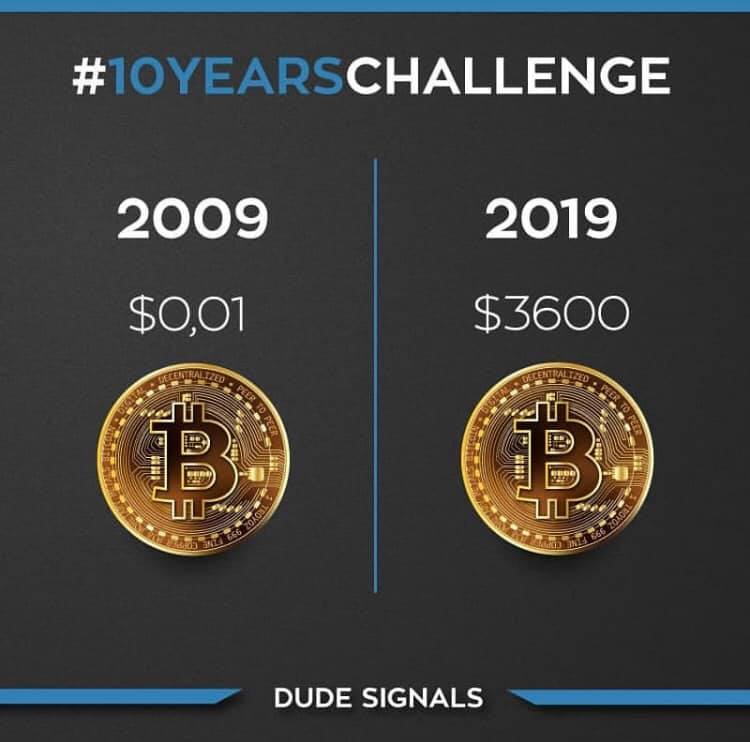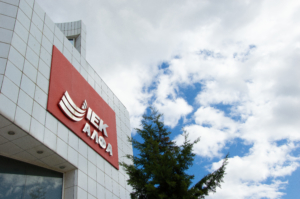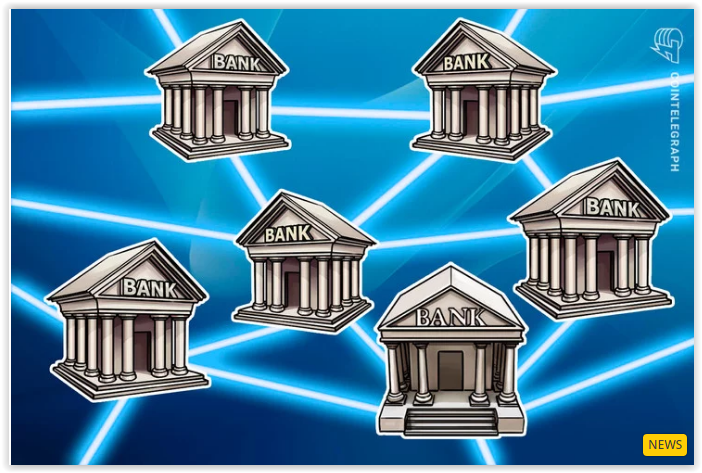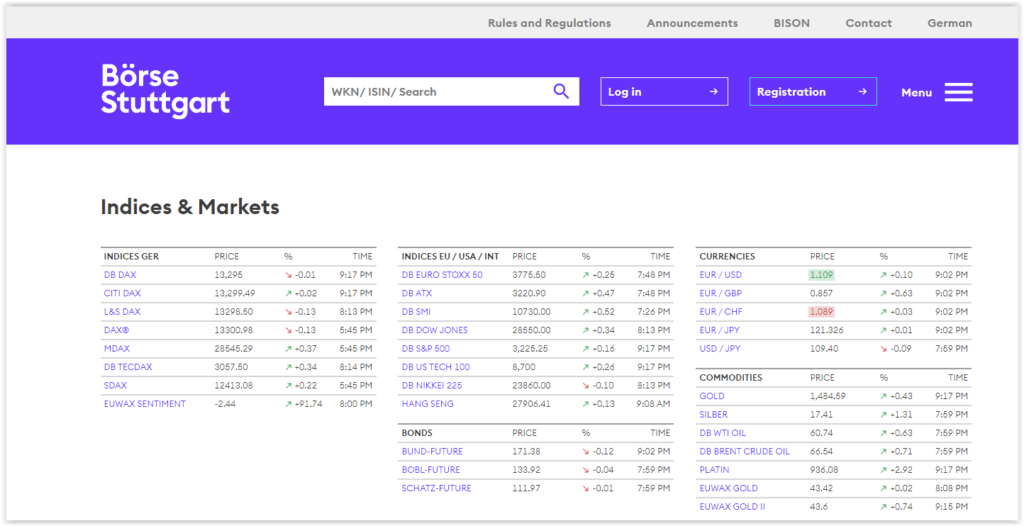Another court decision upholds the value of Bitcoin, suggesting it may, the item of property, to be used as compensation.
The Bitcoin is similar to money, says French court
The narrative that Bitcoin is worthless shot down again, this time as claimed by a French court. The decision of the Commercial Court of Nanterre, on 26 February, had the task of determining the nature, the character of the BTC and digital data.
According to the court, the Bitcoin is exchangeable, which is the exact characteristic of money. Theoretically, all BTC created itself, but with some effort, the coins can be identified. But this is not unusual for the money, where the notes have serial number and still be interchangeable.
“The scope of this decision is important because it allows the simulation of bitcoin with money or other financial instruments. Therefore, to facilitate trade of bitcoin, including lending transactions or repos, are increasing and thus encourage the kryptonomismaton market liquidity, “ says Hubert de Vauplane, skilled lawyer Kramer & Levin, as published by Les Echos .
However, the judgment is not the same as a law that determines the nature of Bitcoin. In France, the BTC is not illegal and generally applies the vision of the European Central Bank , that digital assets are not money. The reason for this is that the Bitcoin is not issued by a central bank, nor controlled by considerations of a monetary policy.
THE COURTS SEE BTC AS A VALUABLE ASSET
But the Bitcoin accepted as a valuable asset in multiple lawsuits , including as security or as a guarantee. The BTC has also been used to pay legal fees to lawyers who will take the digital asset.
The issue of whether Bitcoin is money, sometimes rejected by the crypto-community as digital currencies seen as the alternative to fiat. However, the authorities recognize the value of BTC and use cases as a means of payment is a step towards its adoption.
The Bitcoin and some altcoins, are also counted as precious, as in the case of exchange service QuadrigaCX , where wallets crypto been sought to extract any residual value to compensate creditors. The loss of digital assets is recognized as an important and essential in most cases hacking changers.
The main disadvantage of BTC to be used for purchases and digital cash is great variation in the rate. The Bitcoin recently moved from the lowest levels of $ 8,500 up to $ 9.130 , potentially posing risks for the operators.
Source: CHRISTINE VASILEVA | 06/03/2020 |https://bitcoinist.com/french-court-decision-equates-bitcoin-to-money/
